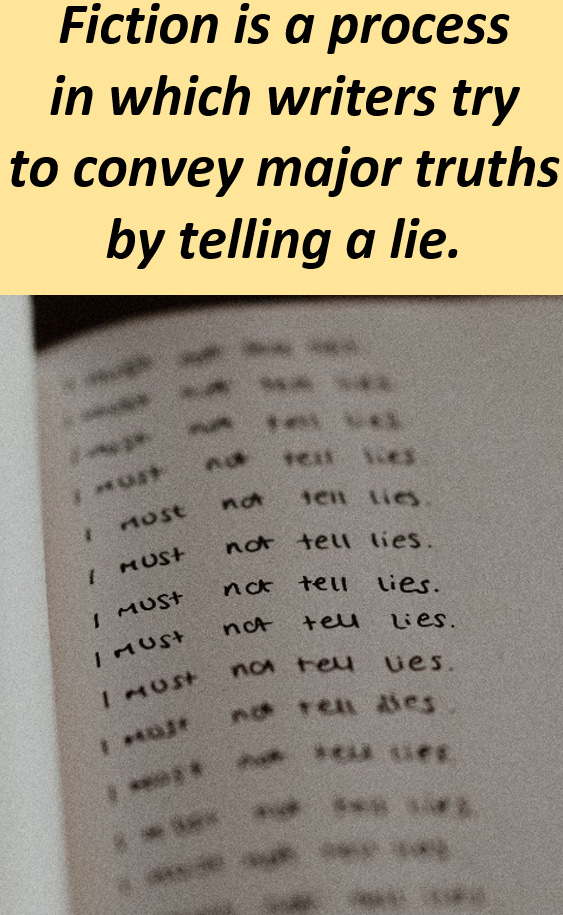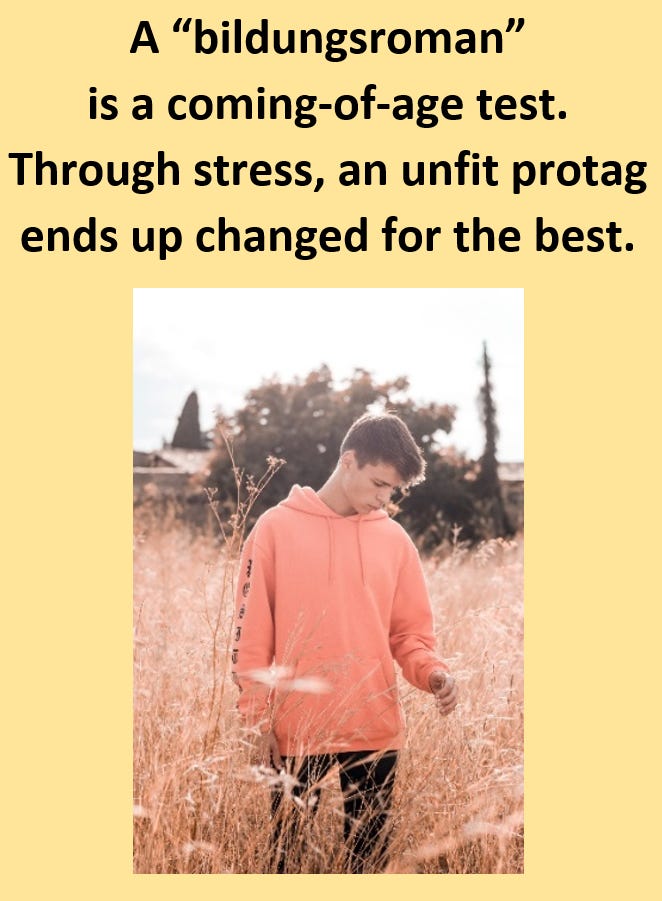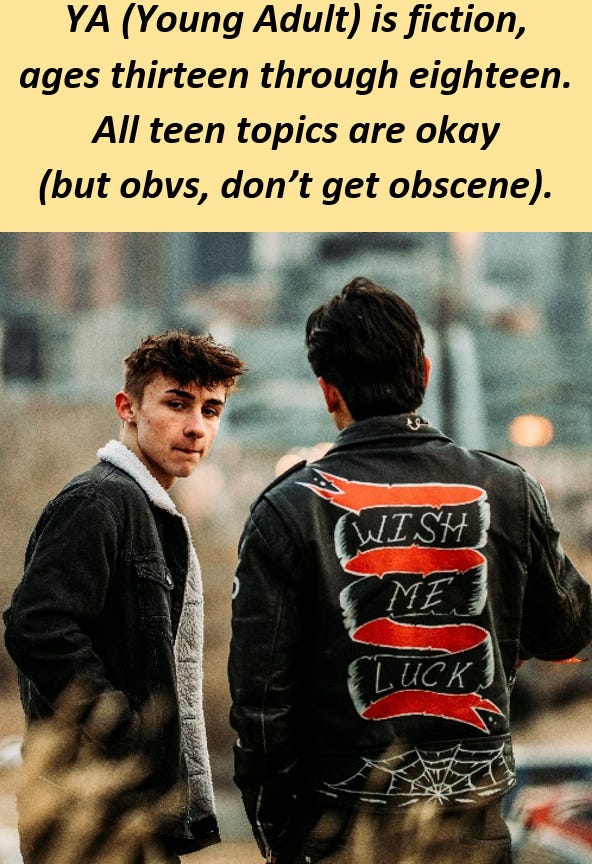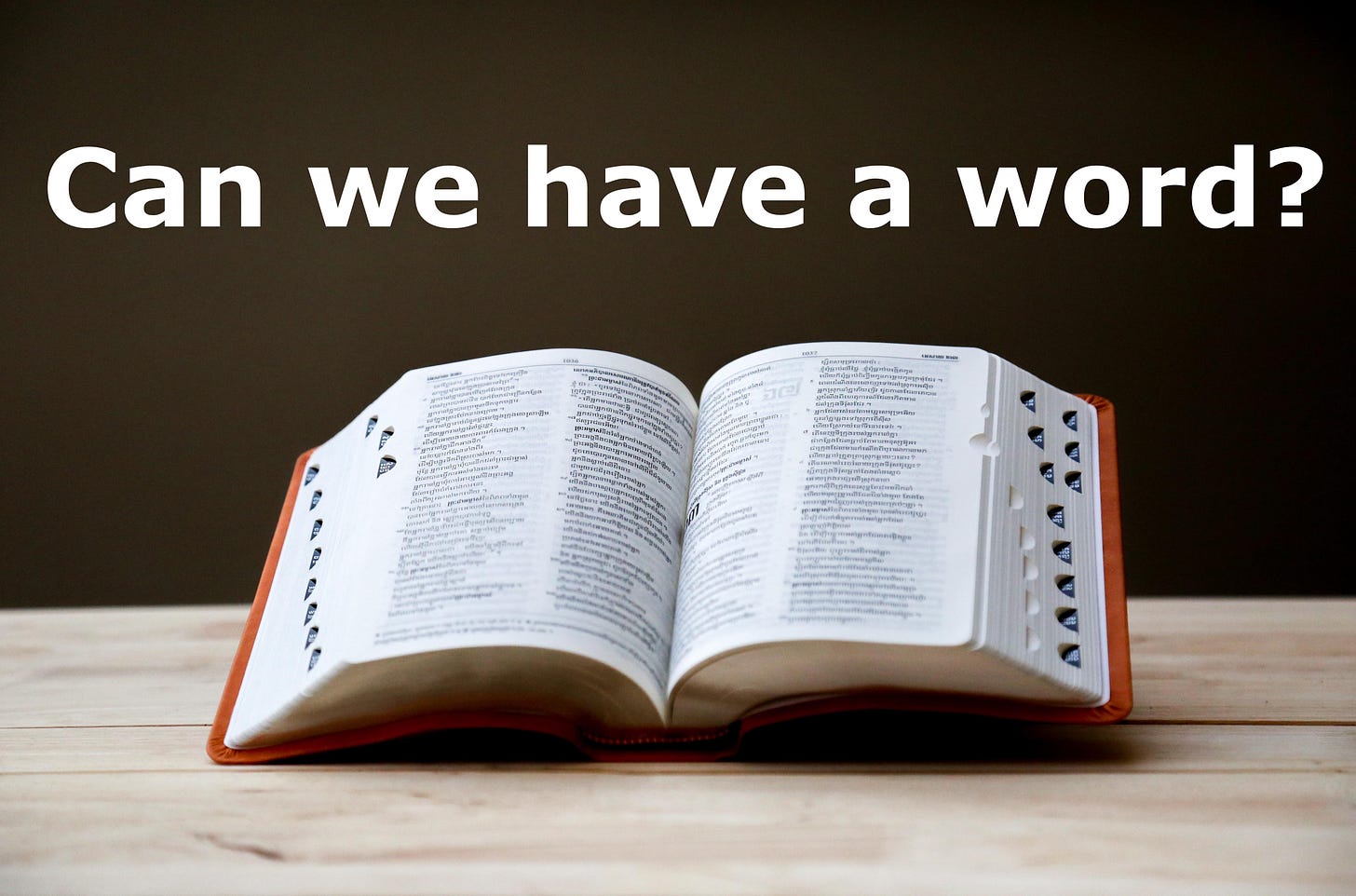The literary creative process is a bit like baking a loaf of bread. There are necessary increments of time between the steps. At this stage we’re going to set down a vague outline if you’re a pantser, or a more detailed outline if you’re a plotter (see issue #12). We’ll let it sit in our minds like rising bread dough while we prepare the rest of the kitchen, as it were, with a few more logistical concerns coming up in the next issues. Then, after having taken a break, we’ll look in on it to see if it still seems worthy to us.
Here’s the basic recipe.
The first ingredient is an idea.
Hopefully you’ve started an idea file (issues #4-6) and have been feeding it material ranging from small observations to short narrative descriptions. Look at this file and narrow it down to the single idea which most interests you at this time.
Next step is to filter this one basic idea through some of the other considerations we’ve discussed. Interestingly, the very nature of your idea will usually answer these questions automatically. Here—to stick to our bread-baking analogy—are the other ingredients.
· What genre would work best (issues #7-8) for this idea?
· Might this be a good story for kids or young adults (issue #10)?
· Can you envision the conflict (issue #13) and theme (issue #14)?
(Pantsers, don’t fret. If this is too much organization for your taste, just start writing. Keep this other stuff simmering in the background.)
Here’s an example of how I cultivated a notion from my own file.
First, the idea, which I “collected” one late afternoon. I was taking a walk past a side street and came upon two teenagers, a boy and a girl, in an emotional conversation. The girl was in tears, the boy looked distraught, and she said “When? When?” in a broken, sad voice, and it looked as though he was about to respond when they saw me and turned away.
That was it. Total time for this observation? Maybe five seconds, if that. I turned away too, of course, and kept moving on, not wanting to pry. But I noted it in a single sentence in my idea file at home:
Two distressed teens, the girl asking the boy “When? When?”
It was one of those dramatic moments of which life is filled. I’d had a small peek, I suspected, of something much bigger: a proper story, but one about which I was fated to never hear a narrative, much less a resolution—much like when you pass an accident on the freeway. Initially, I wondered two things:
· What was the girl referring to with her repeated question?
· What were these two to each other?
Over time, I invented the answers to these two questions and worked it into a narrative. This is one of the amazing things about writing: we make up things that didn’t happen to people who never lived. And if you do it right and do it honestly, your real-life readers can learn and be entertained and their hearts can be touched.
So when I went back to my idea file, the detached five-second snippet of reality had morphed into this from my imagination:
A teen boyfriend and girlfriend face the end of their relationship when she must move out of state.
Notice that I made her the one leaving, because in my individualized revision I wanted to hear the tale through his POV. Now I had the skeleton of a story. Let’s run it through the filters I mentioned earlier, the ones we’ve been covering in these Substack issues.
What genre? It seemed clear to me this was a bildungsroman.
For kids or adults? With a teen protag, this was a slam-dunk as a young adult novel (YA), with characters the same age as the readers.
(See issue #10 for more on YA books.)
What’s the conflict? (issue #13) She’s leaving, and he must try everything in his power to stop it.
Theme? (issue #14) He’ll come of age, mature, and learn to accept, but only after reacting with immaturity to a difficult situation.
Okay, time to stop. That’s all I wanted to do. I had the beginning of a beginning, an idea being nudged towards storyhood. So what next? As mentioned earlier, let it rest, in human terms. Think about it, see it in our dreams. Or if we were baking: let that dough continue to rise. We’ll test it later and see if it still seems as brilliant as it did at first.
Meanwhile, we have mechanics to consider. Next issue we’ll touch on reading: both for reference and pleasure. And in the following issue we’ll define what those mechanics are. But now, let’s hear:
This one needs a bit of a preamble, as it didn’t arrive in the form of a question—although curiously, my answer did.
At a book signing one day, I noticed an older woman standing nearby, not getting in line. When the crowd cleared out she came over and began shyly chatting about writing, and about how she’d always wanted to do it, and what a shame it was that she’d gotten too old.
I realized she was asking for support, or maybe permission. She seemed to need someone to tell her that this was a good idea. So I said, why not start now?
(Did this issue resonate with you? You can help me get more subscribers by simply leaving a comment below.)
And now, save a word! This week we had a German-rooted word which is used in our English vocabulary. I personally needed the spoken pronunciation example. Bear in mind that this word refers specifically to novels. Test yourself below.
What’s a bildungsroman?
Action Plan
Consider subscribing to a pair of other Substack publications!
I just collaborated again with
in her well-written and link-filled publication:Take a peek at prolific fantasy-writer Karin De Havin’s brand new Substack.




















Excellent newsletter as always Craig. Interestingly, I just saw the movie American Fiction and it said the same thing about telling truths with lies.
A few of my ideas have rested so long they have risen out that baking dish, and now resemble the ‘popcorn’ on ceilings.